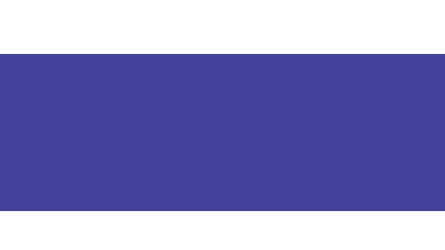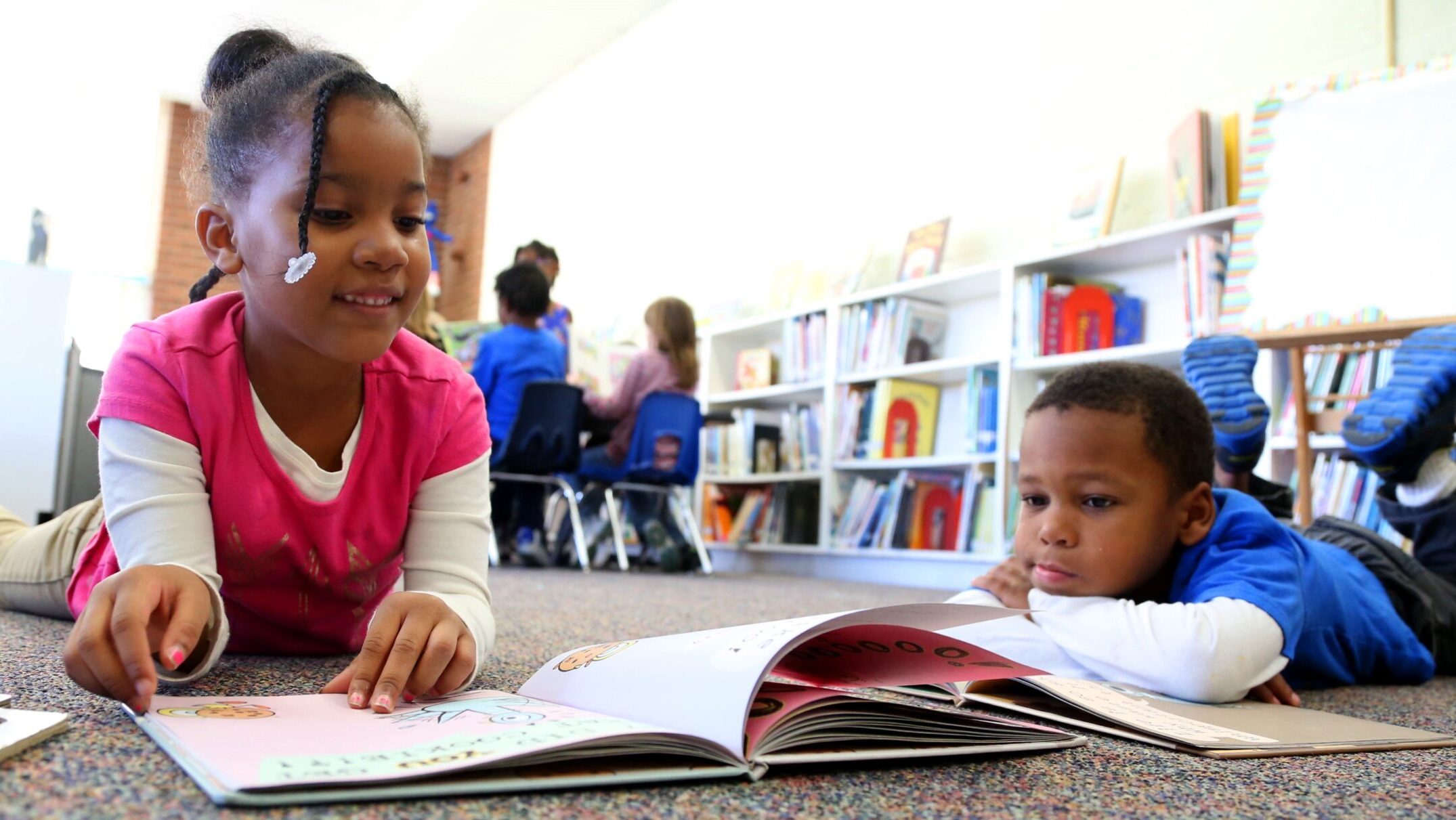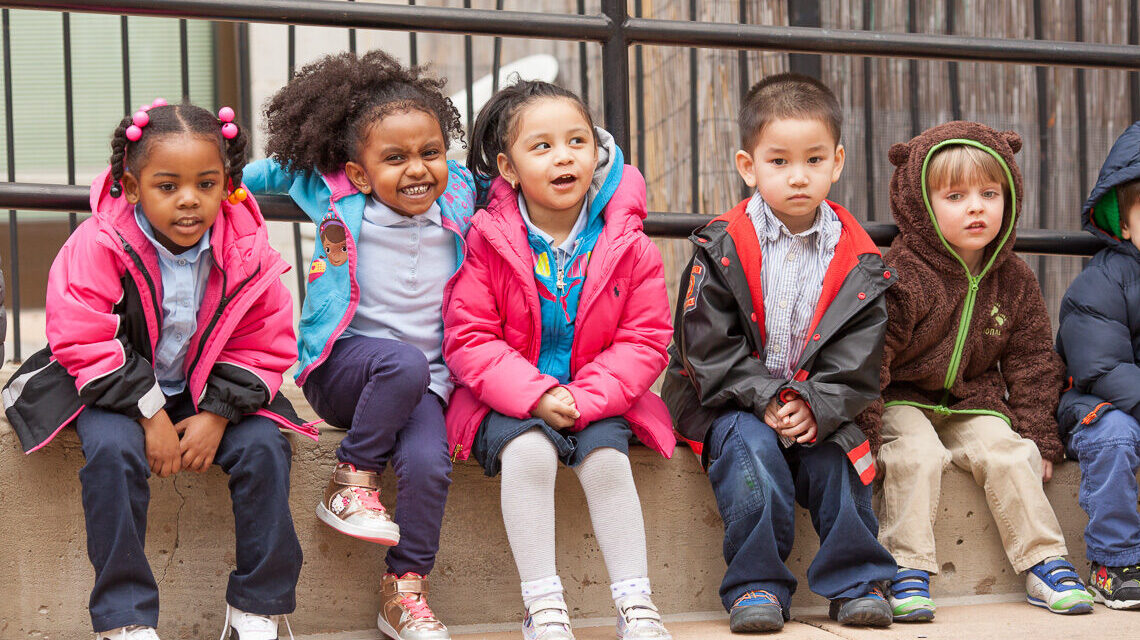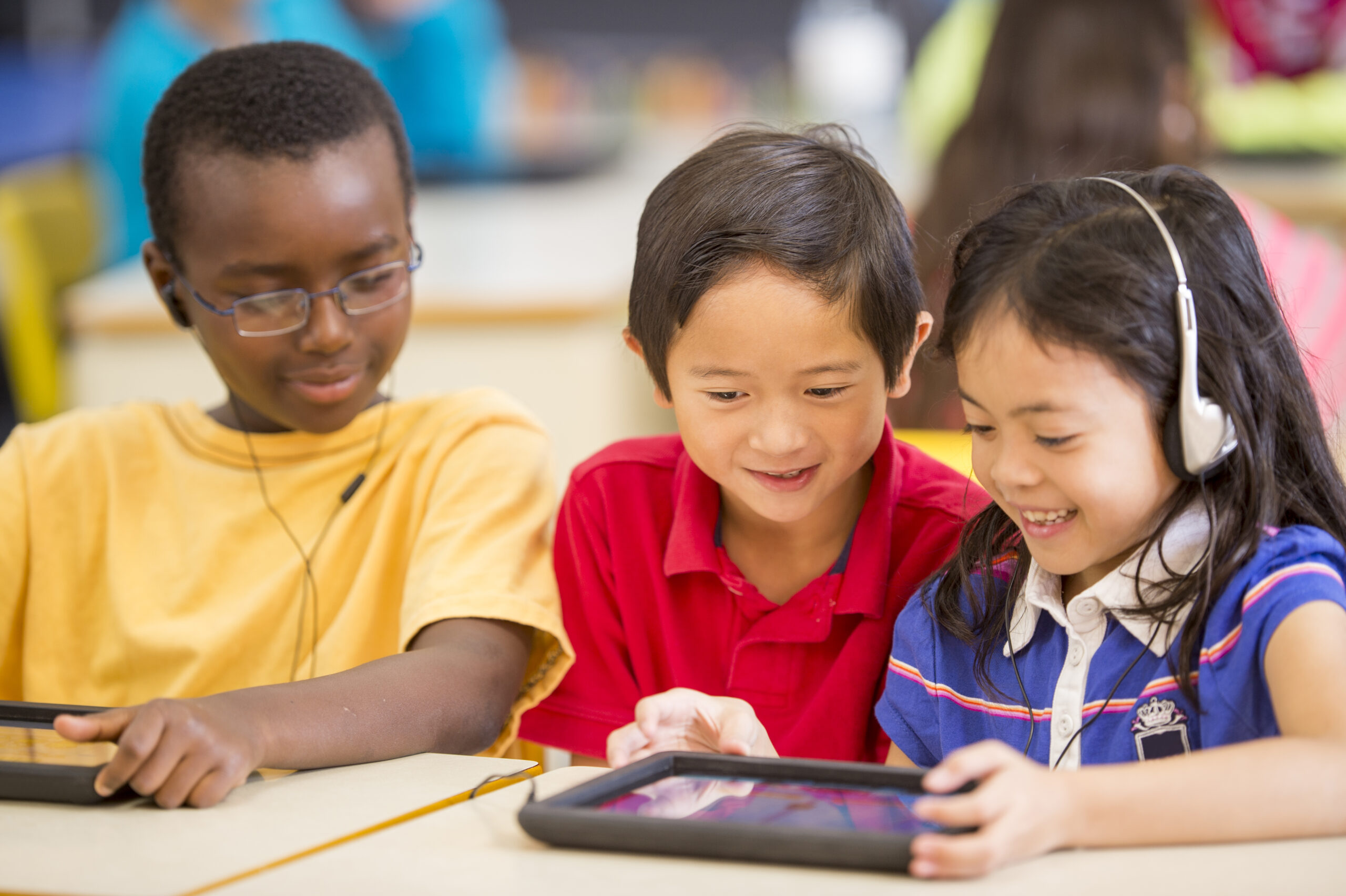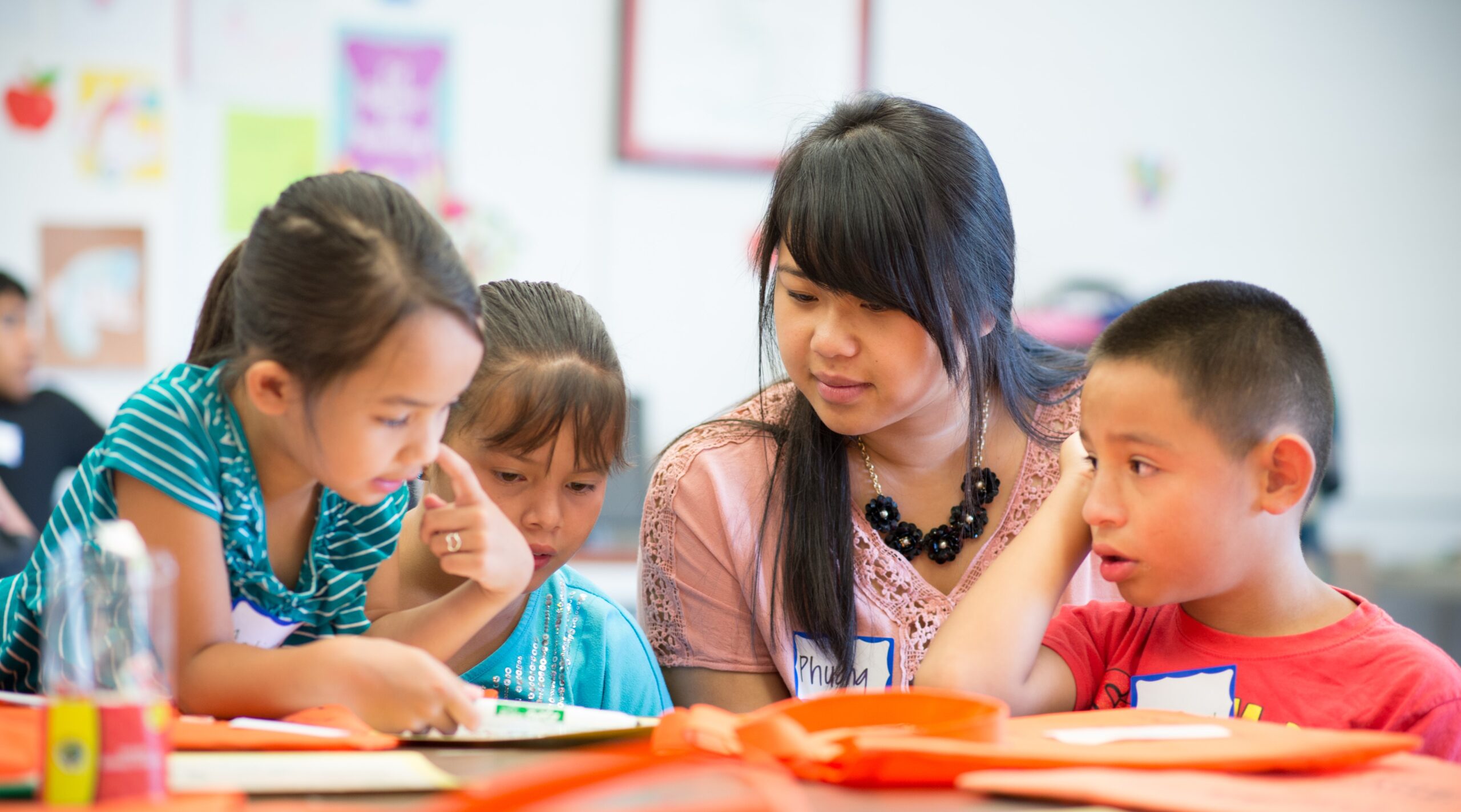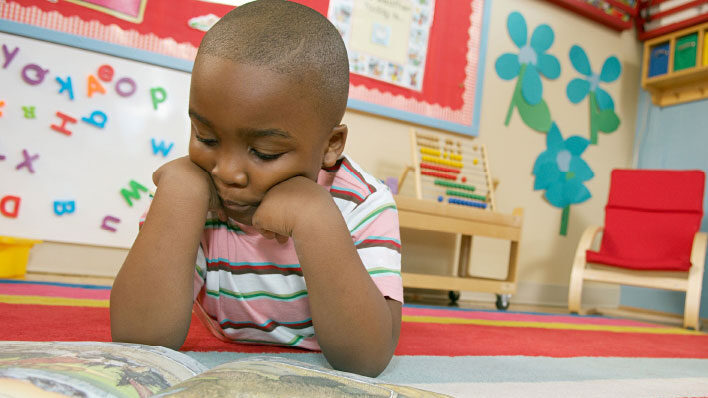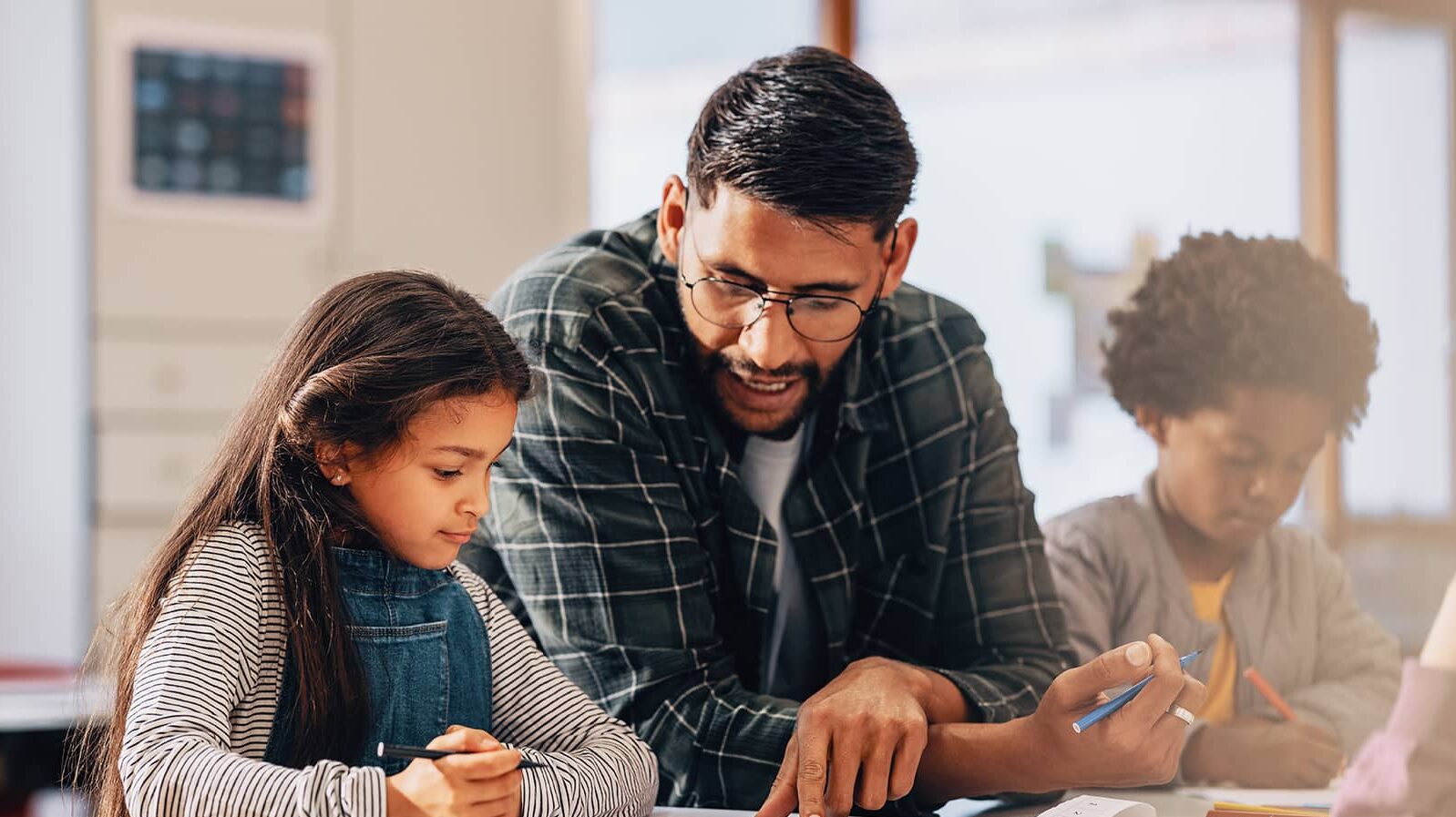
Leah Crews
LEO Programs Associate
Campaign for Grade-Level Reading
On the Road to Digital Equity
In March 2020, schools across the country transitioned abruptly from in-person learning to virtual learning as a part of efforts to prevent the spread of COVID-19. With Common Sense Media reporting in July 2020 that more than 15 million students lacked access to either the devices or connectivity necessary to support virtual learning, pandemic precipitated learning loss presented a new existential threat to early school success for children in economically challenged families and neighborhoods and rural communities, as well as for children with special needs. Longstanding digital inequities quickly became the focus of attention. Leaders such as Jean-Claude Brizard of Digital Promise identified digital equity as a “precondition and precursor to achieving the full potential of education technology.” In May 2020, CGLR began leveraging GLR Learning Tuesdays to explore strategies for closing the digital equity gap, including actions at the local, state and federal levels.
Local and State Efforts
As states and communities scrambled to ensure children could continue learning in the early months of the pandemic, CGLR hosted several webinars that explored state and local responses. The sessions highlighted how states, including North Dakota, Texas and Connecticut, were working to quantify and identify students who lacked digital access and to procure devices that could be distributed to students.
Panelists also shared local innovations. These included community broadband — broadband not run by a private internet service provider (ISP) — in Chattanooga, Tennessee, and other municipalities. Also highlighted were collaborative projects such as Chicago Connected, a rapid-response effort that engaged Chicago Public Schools, the City of Chicago, United Way of Metro Chicago, Citadel (a local ISP) and nonprofit partners to extend internet access to more than 100,000 public school students.
Three years after schools began regularly utilizing online learning, a Crucible of Practice Salon featured the response in Grinnell, Iowa. Grinnell College served as backbone in an effort that engaged the local school district and school foundation, the Grinnell Newburg Community Foundation, to increase access to both devices and connectivity. The partners leveraged the federal Affordable Connectivity Program to increase affordability and negotiated with the local ISP to offer free Wi-Fi.
Federal Support
Affordability of broadband has long been a major obstacle to achieving digital equity. EducationSuperHighway notes that nearly two-thirds of unconnected households have access to a home broadband connection they cannot afford. Since passage of the Affordable Connectivity Program (ACP), a federal initiative created under the 2021 Bipartisan Infrastructure Law that provides a discount of up to $30 per month toward internet service for most eligible households, CGLR has utilized its webinars and other engagement efforts to promote this resource across its networks. However, as of summer 2022, only 22 percent of eligible households were enrolled in the ACP, emphasizing the importance of engaging trusted messengers to raise awareness and assist families in accessing this resource.
The deployment of federal funds was delegated to states, and GLR Learning Tuesdays’ panelists have urged funders to invest in advocacy efforts to ensure community input and to prioritize the needs of the most disadvantaged. They also discussed additional opportunities arising from the influx of federal funding, including promoting competitive alternatives such as municipal broadband and establishing free Wi-Fi networks in affordable housing complexes with multiple families. These initiatives aim to expand access to affordable and reliable internet services, further bridging the digital divide.
The Role of Philanthropy
Funder-to-Funder Conversations and GLR Week sessions also have showcased how local funders have stepped up to advance digital equity, including The Patterson Foundation’s Digital Access for All (DA4A) initiative launched in 2020 in Florida’s Suncoast region. The DA4A initiative uses a “three-legged stool” approach that delivers devices, connectivity and technical support through digital navigators to ensure students and families have access to learning opportunities and other supports online. The sessions emphasize how funders can facilitate the use of education technology platforms and tools to support equitable learning recovery.
Looking Forward
Communities, districts and states have made significant strides in addressing the digital equity challenges highlighted by the COVID-19 pandemic. The urgency to ensure access to devices and connectivity for all students led to the creation of numerous local and state efforts across the country. These innovative and collaborative initiatives, such as community broadband and Chicago Connected, successfully extended internet access to thousands of public school students. The deployment of federal funds, particularly through the Affordable Connectivity Program, has aimed to address affordability issues, although there is still work to be done to increase enrollment and raise awareness among eligible households. Philanthropic efforts, exemplified by initiatives such as The Patterson Foundation’s DA4A, have played a crucial role in delivering devices, connectivity and technical support to ensure equitable access to online learning opportunities. With continued collaboration, advocacy and investment, digital equity in education can become a reality.


